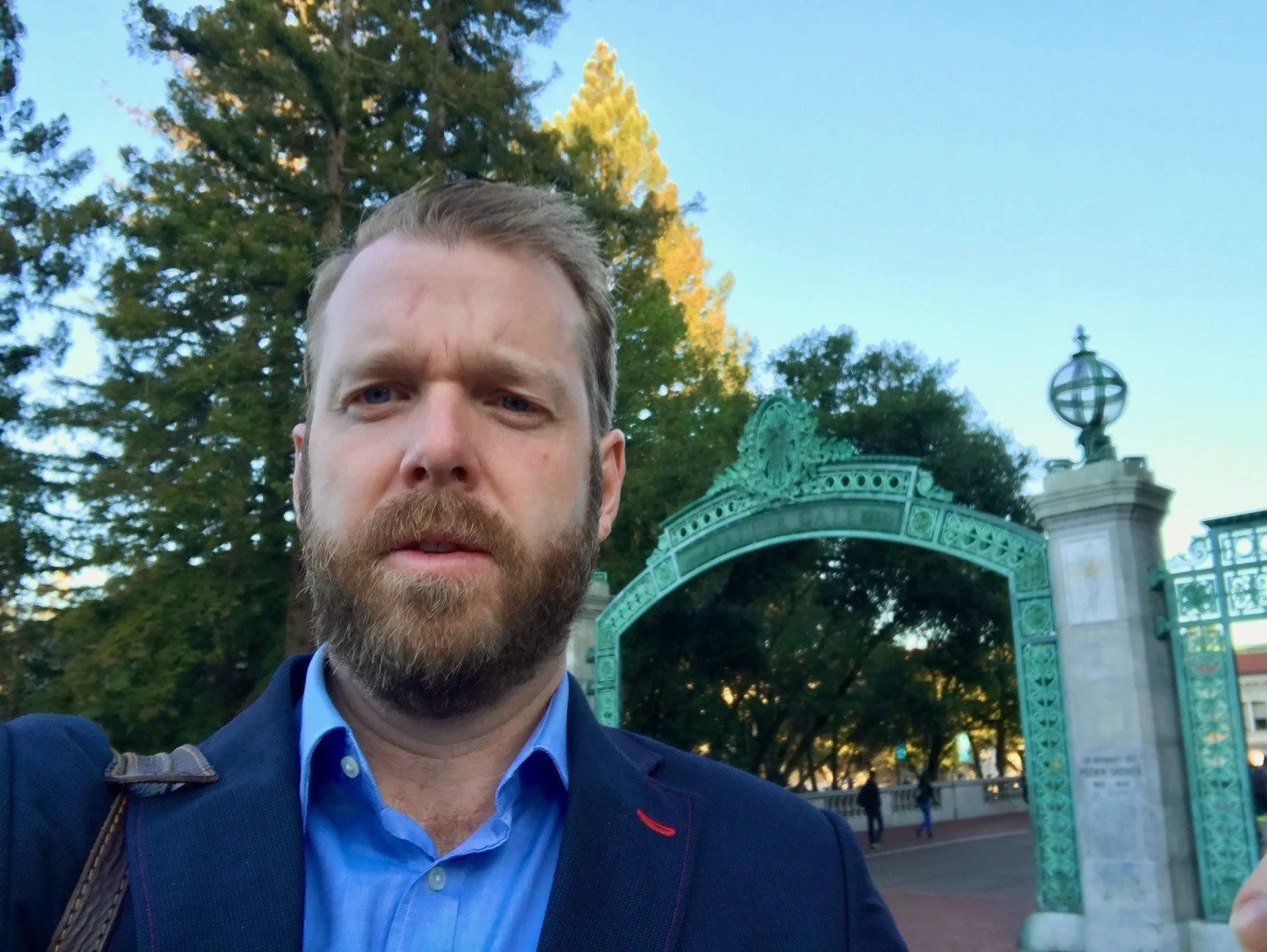Harnessing Dynamic Capabilities for platform transformation
Visiting U.C. Berkeley where David Teece is a long standing strategy-thinker and an inspiration to platform business and business model innovation.
Selling an often complex platform service is a challenge many companies need help to overcome. Getting the word out and even attracting their first customers with a freemium model and even building ambassadors is doable, but getting paying customers is often the wall many hit. There is some good advice on dynamic capabilities that can help your convection move from free trail to paying customers.
Based on David Teece's groundbreaking research on dynamic capabilities, particularly the "sense, seize, and transform" framework, this article explores strategic interventions that can help platform businesses integrate their complex services into customer operations and enhance sales performance by accelerating the transformation phase.
Platform businesses often excel in sensing opportunities and seizing them by introducing innovative services that attract initial customer interest. However, the transition from seizing a chance to fully transforming it into an operational and strategic advantage is where many need to improve. This critical juncture—moving from trial or initial adoption to full-scale integration and value realization—can differentiate successful platforms from the rest.
David Teece's Insight on Transformation
David Teece's research suggests that the transformation phase is vital for effectively embedding services into customers' operations, thereby creating sustained value. This phase requires strategic alignment and a deep integration of technological and organizational capabilities that can dynamically adapt to changing customer needs and market conditions.
Leveraging David Teece's Framework
Sensing Customer Needs: Initially, platforms must utilize the sensing capability to understand why users prefer their value offering and find out their barrier to entry, existing network effects and strategies to secure trail. This could involve analyzing user behavior data to identify the most engaged features and the pain points preventing conversion.
Seizing Through Freemium: The freemium model is an application of the seizing phase, where platforms capture user interest with no-cost offerings. However, this phase must be meticulously designed to attract users and set the stage for their eventual conversion to paid services.
Read more about the freemium model here.
Transforming Engagement into Conversion: The transformation phase involves strategic actions to convert freemium users into paying customers. This could be effectively facilitated by enhancing the perceived value of premium features, often through targeted marketing and the introduction of must-have features that address the users' pain points identified in the sensing phase.
5 Strategic Advice to improve transformation
Platform businesses that leverage the insights from David Teece's "sense, seize, and transform" framework and his concept of asset orchestration have a useful guide to manage their platform company through this critical upgrade phase from seize to transform, enhancing user integration and boosting value realization. Here are 5 high level strategies that will help you trsnmformnation from seize til transform.
1. Enhance Customer Engagement: Deepen relationships with users to understand their operational realities better. This engagement helps customize solutions that are effective and integrate seamlessly into existing processes. This involves all form detailed ticket logging and analytics to asking from feedback in critical user intersections and hosting UX workshops with your customers.
2. Leverage Data Analytics: Utilize data from the platform to identify patterns, predict customer needs, and proactively offer solutions that address these needs before they become pain points. A tip can be to use third party customers interaction tools that track all form eye and mouse movement, to content usage and scrolling to analyzing “conversion noise” that can improve your platform liquidity.
Read more about platform liquidity here
3. Focus on Continuous Innovation: The platform should continuously evolve its offerings based on feedback and emerging trends to stay relevant and valuable to its users. Hence, apply dynamic capabilities in you own business. Sensing what your customer want, seizing this insight to innovate and transforming this into new features and service.
4. Build an Ecosystem of Support: Create a network of complementary services and partnerships that enhance the platform's core offerings, making the transformation process more comprehensive and less burdensome for customers. Finding you role as a component in your customers ecosystem can be a good olace to start.
Read more about the component strategy here
5. Implement Flexible Business Models: Adapt business models to accommodate customer needs, allowing for trial phases, scalability, and customization, which can ease the transformation process.
Example: Integrating AI in Customer Service
Consider a platform that uses AI to enhance customer service interactions. Initially, customers may use AI tools for automated responses (seize phase). The transformation involves integrating AI deeply into their customer service operations to anticipate customer issues, provide personalized service, and reduce response times, fundamentally changing how the service department operates.
Focus on the transition
By adopting David Teece's dynamic capabilities framework and focusing on the critical transition from seize to transform, platform businesses can ensure that their innovative services are not just used as as free but are fully integrated into their customers' operations, delivering sustained value and competitive advantage.
For platform companies looking to refine their approach and enhance their market position, understanding and implementing David Teece's principles can be transformative. Engaging with a consultancy like Platform B could be your next step toward achieving these goals effectively.
Collaborate with Platform B
Partnering with an experienced consultant like Platform B can provide the necessary expertise and support to design a sales funnel that not only shortens lead time but also increases sales. Platform B specializes in designing dynamic capabilities that resonate with the core needs of platform businesses, ensuring a smoother transition from seizing opportunities to transforming them into tangible successes.

